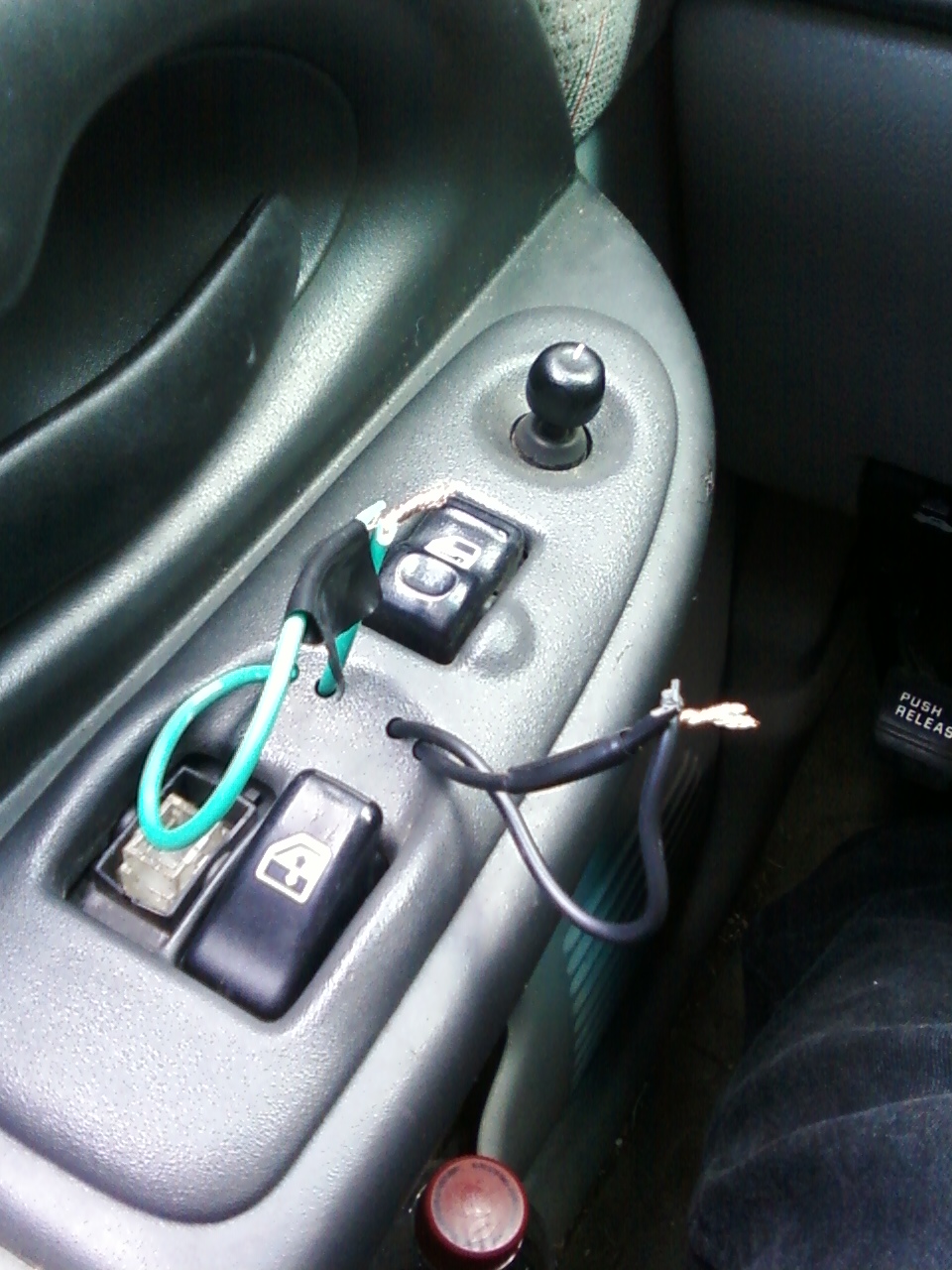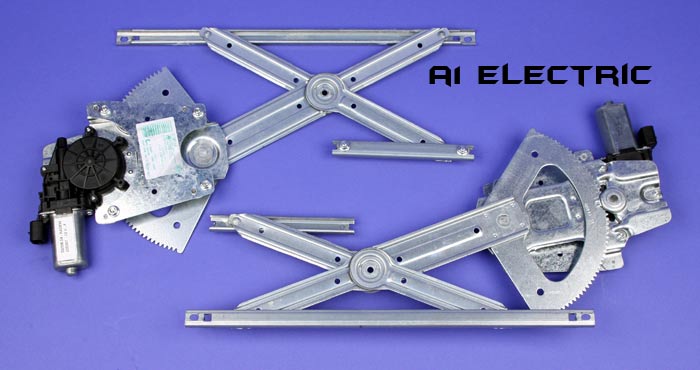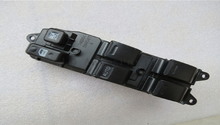Toyota Camry 1997-2006: Why Won't My Rear Window Go Down?
Power windows are nice and convenient, which means you'll really miss them if they ever malfunction. In 4th and 5th generation Toyota Camrys the rear windows are known for getting stuck, so we've laid out some information for you that might help.
This article applies to the Toyota Camry 4th and 5th Generation (1997-2006).
You expect your power windows to work every time you reach for the window switch, and they do until that one moment when nothing starts to happen. The concept of how a power window moves up and down is a relatively simple one, but it actually involves plenty of moving parts and mechanisms to make it function. It all starts with the necessary power supply traveling through the wires to the switch and actuator. These power window components then cause the glass to move up and down. If any of those components fail, the entire system will be interrupted. We've compiled the most common reasons why the power windows in your Camry aren't going down or up.

Materials Needed
- Flat head and Phillips screwdrivers
- Ratchet and socket set
- Multimeter
- Paper towel or rag
- Soldering tool
Step 1 – Check the wires
They could be frayed or worn out.
Power is regulated as well as transmitted through the fuse box and relay wires, then to the switches that dictate when to emit the signal for the power window motor to operate. If at any point the wiring is damaged, the rest of the system will be rendered useless. This is a good first step because the wires can be visually inspected and are inexpensive to repair. You could also use a multimeter to make sure that there is continuity in the wires and that the proper voltage is getting through. Here are the steps to take a look:
- Remove the door panel.
- Inspect connection in-between the motor, actuator, and window switch.
- Visually inspect and run your hands through the wires that travel to the center dash.
- If any wiring is frayed or damaged, replace it or reconnect it using a solder.

Pro Tip
Most auto parts stores can check the voltage for you and would also lend a multimeter at no cost.
If the wires aren't frayed or damaged, move on to the following step.
Step 2 – Check the switches
They could be malfunctioning.
Once the power is relayed through the wires, it is up to the switch to emit the command to the rest of the window mechanism and physically move the window up or down. You can remove the power window switch by removing the switch tray only or by removing the entire door panel. Pop out the window switch from the door handle and inspect it for a good connection. Make sure it's not corroded or has any dirt or grime on it. You may unplug the connections and clean it with a paper towel or rag. If cleaning the switch won't suffice, you can again check for continuity and replace the switch if necessary.

If the switches aren't the issue, move on to the following step.
Step 3 – Check the power window assembly
It could be jammed.
The rest of the power window mechanism is made up of the motor, actuator, and gear. The motor provides the motive force to move the actuator, which is lifted by a gear. You can think of the gear as an automatic version of the old window crank gear.
- Inspect that the gear is lubricated and isn't stuck or jammed.
- Make sure the motor is getting voltage and isn't burnt out.
- Check that no wires are getting in the way of the actuator and none of the metal brackets are damaged.
- If one of all of these problems are causing the power window assembly to malfunction, replace it entirely.

Related Articles
- How to Replace Power Window Regulator (1997-2001) - CamryForums.com
- How to Replace Power Window Regulator (2002-2006) - CamryForums.com
Related Discussions
- Camry Rear Power Window Won't Move - CamryForums.com
- Power Windows on 2001 Camry Are Stuck - CamryForums.com






